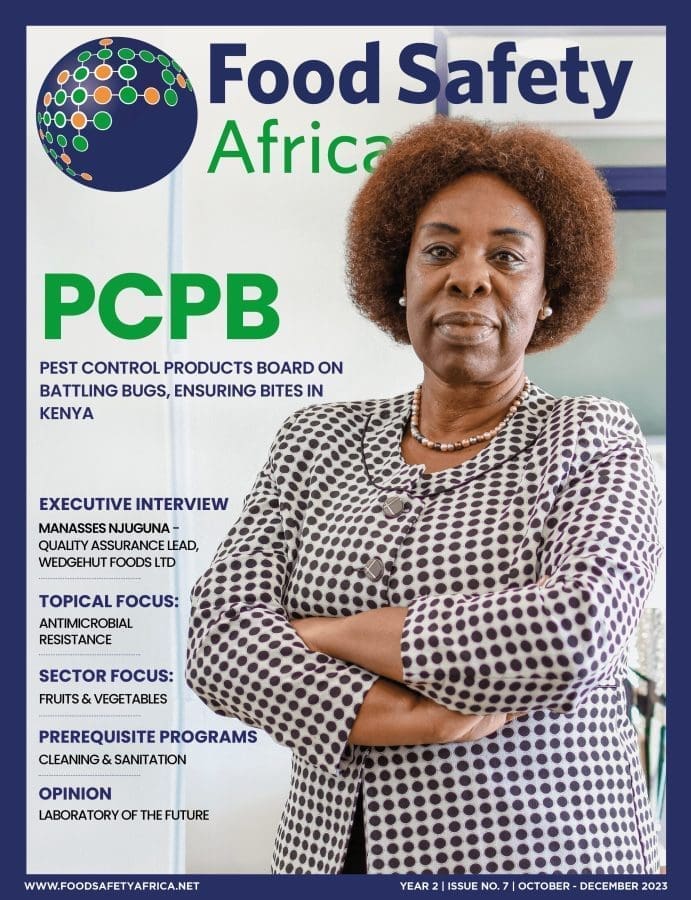VIETNAM – Scientists at the London School of Hygiene and Tropical Medicine in England who were researching on antibiotic resistance in Salmonella strains isolated from pork meat at food retail outlets, have highlighted high levels of drug resistant Salmonella in pork in Vietnam.
They studied multi-drug resistance — when a strain shows resistance to different antimicrobials and looked for the mcr-1 gene, which can give high-level resistance to the last-resort antibiotic colistin.
The results which were published in the journal Frontiers in Veterinary Sciences, detected high levels of antimicrobial resistance (AMR) and the emergence of colistin resistance, an antibiotic used to treat against multi-drug resistant (MDR) pathogens.
According to Niamh Holohan, from the Department of Infection Biology at the London School of Hygiene and Tropical Medicine, the research helps quantify the problem.
He stated that pork accounts for 70 percent of the total meat consumed in Vietnam, meaning contaminated pork poses a risk to a large number of consumers there.
“The prevalence of colistin resistance is particularly concerning, as this is really the last line of defense to treat invasive infections in a clinical setting.
“It’s important that we have this data and quantify the problem accurately, so that we can design the best strategies to try and combat the development of further drug resistance,” he expressed.
The study investigated the antibiotic susceptibility of 69 Salmonella isolates collected from retail outlets and slaughterhouses in Vietnam during 2014 and 2018/19. Isolates came from the PigRISK project, conducted from 2012 to 2017, and SafePORK project, from 2017 to 2022, which aims to reduce the burden of foodborne illness in Vietnam.
Scientists looked at slaughterhouses and pork samples from retail outlets classed as wet markets, supermarkets or “boutiques” – where retailers claim the pork is high quality, traceable and environmentally friendly.
These outlets typically target higher income consumers and were created in 2016 to address public concerns about food safety and provide products that meet safety requirements.
As Food Safety News reports, seventeen different serotypes were identified, of which Salmonella Typhimurium was the most common, followed by Salmonella Rissen, London, Anatum, and Derby.
Study findings
No less than half of the isolates were resistant to ampicillin, tetracycline, chloramphenicol and trimethoprim. MDR was present in 41 isolates from 12 serotypes.
MDR strains were most common in slaughterhouses and supermarkets and lowest in traditional markets and convenience stores. Colistin resistance was identified in 18 strains with mcr-1 found in seven isolates and mcr-3 in two isolates.
Boutique stores had high levels of MDR including five isolates with mcr-1. The study showed pork from stores like supermarkets or boutiques still contained Salmonella with high levels of AMR.
Richard Stabler, from the London School of Hygiene and Tropical Medicine, informed that the Vietnamese government was working to cut the use of antimicrobials used in pork production and to give consumers better information on how their food is produced.
“This work showed that these retrospective samples, even from high end outlets, had concerning levels of drug resistance and further work is needed to see if the situation has improved,” he said.
In 2017, the Vietnamese government introduced a national action plan to monitor AMR followed by a law on animal husbandry in 2018 aiming to eliminate antimicrobial use in animal feeds by 2020.
Liked this article? Subscribe to Food Safety Africa News, our regular email newsletters with the latest news insights from Africa and the World’s food safety, quality and compliance. SUBSCRIBE HERE








